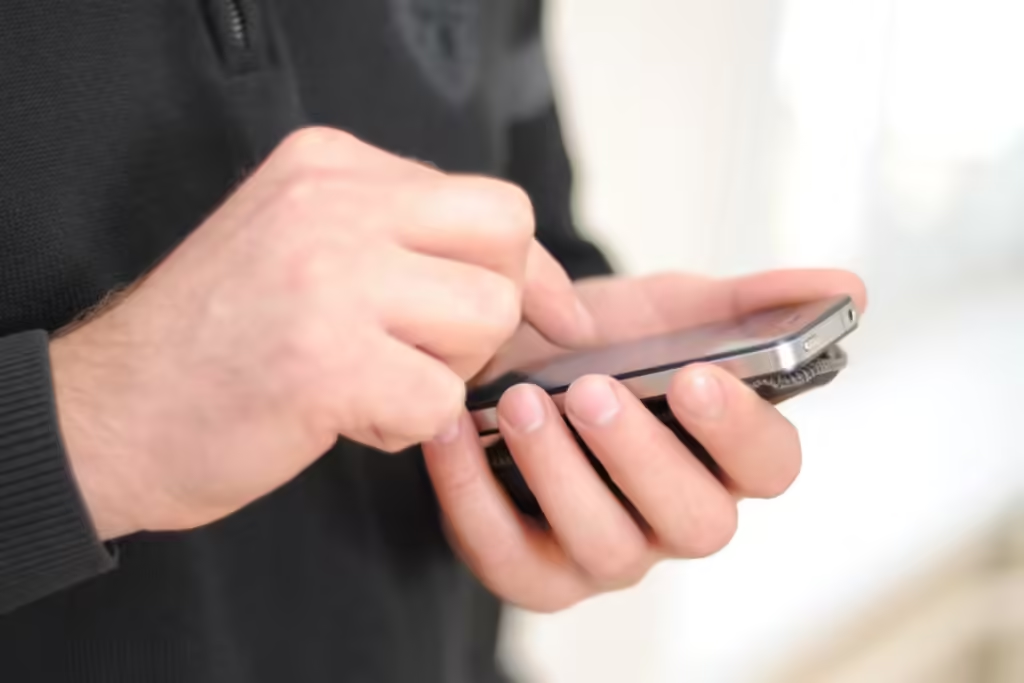Are you one of the many Starlink users struggling with internet connectivity on your desktop computer?
You’re not alone.
We understand the frustration of having all your devices connect to Starlink except for your computer.
This article is here to help. We’ll guide you through a practical and easy-to-follow troubleshooting process, providing solutions you can implement to resolve the issue.
Whether tech-savvy or just starting, you will receive valuable insights and step-by-step guidance for seamlessly connecting your desktop computer to Starlink.
Stay tuned as we uncover the mystery behind this issue and find practical solutions to get you back online quickly.
Troubleshooting: Why Starlink Stopped Working on Computer

Have trouble getting your computer to connect to Starlink?
Let’s figure out why and get you back online!
1. Do a power cycle
Before taking other steps, try a power cycle reset by unplugging the modem and power supply cords.
This action may restore internet access to all devices, including the computer.
To do this, unplug the cable from the POE brick to the router, wait for 5 seconds, and then plug it back in.
After this, reboot the entire system, including the dish. This process can help reset any network issues and restore connectivity.
2. Separate the 2.4 GHz and 5.0 GHz bands.
Some computers may have issues with how the Starlink Wi-Fi works.
However, splitting the Wi-Fi bands has proven to be an effective solution.
You can resolve the issue by splitting your Starlink network into 2.4/5.0 GHz bands and connecting your PC to the 2.4 GHz.
Many users have reported success with this approach, which can also work for you.
How to separate the 2.4 GHz and 5.0 GHz bands
Open the Starlink app on your mobile device to access the settings for your Starlink network.
Navigate to the settings section within the Starlink application.
Find and select the name of your Starlink router within the settings menu.
Identify the option labeled “Split 2.4/5GHz Networks” within the router settings and proceed to click on it.
Your Wi-Fi network will be split into two channels by clicking this option.
One operates on the 5GHz frequency with faster data but a shorter range, and the other on the 2.4GHz frequency, providing slightly slower speeds but with a more extended range.
3. Updating the PC Wi-Fi Drivers
Updating the Wi-Fi drivers on your PC can help mitigate the connection issue with Starlink.
Outdated or faulty Wi-Fi drivers can sometimes lead to connectivity problems.
By updating the drivers to the latest version, you ensure that your computer is fully compatible with the Starlink network, which can lead to a more stable and faster connection.
To update the Wi-Fi drivers, you can visit the website of your computer’s manufacturer or the website of the Wi-Fi adapter’s manufacturer to download and install the latest drivers.
This simple step often resolves connectivity issues and improves the overall performance of your computer’s connection to Starlink.
4. Move the Wi-Fi Adapter
Moving the USB Wi-Fi adapter to a different USB port on your computer can sometimes resolve connectivity issues with Starlink.
USB ports occasionally experience hardware or connectivity issues, and switching to a different port can help alleviate these problems.
Moving the adapter to another USB port could establish a more stable and consistent connection to the Starlink network.
This simple step is worth trying if you encounter difficulties with your current USB port.
5. Change your Wi-Fi Adapter
Suppose you are still experiencing connectivity issues with Starlink on your desktop computer.
One potential solution is to uninstall the USB Wi-Fi adapter and reboot your PC.
The adapter’s drivers may have become corrupted or outdated, causing connectivity problems.
You can resolve the issue by uninstalling the adapter and letting your computer reinstall the drivers upon reboot.
Also, you can replace the adapter with a new one. We recommend using this Wi-Fi Adapter if you decide to make a change.
Additionally, if you’re continuously experiencing difficulties with the wireless connection, consider using a wired connection instead.
While Wi-Fi is convenient, a wired Ethernet connection can provide a more stable and reliable connection, especially for desktop computers.
Connecting your desktop PC directly to the router using an Ethernet cable may improve your overall experience with Starlink.
If you are experiencing a slow connection to your PC, consider using an Ethernet cable to connect your PC directly to the router. This method often provides a more stable and reliable connection, especially for desktop computers.
By bypassing Wi-Fi and opting for a wired Ethernet connection, you may experience improved performance and a more consistent connection to your Starlink network.
Troubleshooting: iOS Devices Unable to Connect to Starlink Wi-Fi.

Experiencing issues with your iOS device not connecting to your Starlink Wi-Fi network can be frustrating.
However, you can take several practical troubleshooting steps to resolve the problem.
Below are some methods that have helped users restore their connection.
Reboot the Starlink Router
A simple restart can often resolve connectivity issues.
Unplug your Starlink router, wait about five minutes, and then plug it back in.
Allow the router to reboot and try fully connecting your iOS device again.
Separate the Wi-Fi Bands
Starlink routers can operate on both 2.4 GHz and 5 GHz bands.
Splitting these bands and connecting the devices to each band might help.
Check your router settings and ensure the SSIDs (network names) for 2.4 and 5 GHz are different.
Test your iOS device on both bands to see if the issue persists.
Forget and Rejoin the Network
Removing the Wi-Fi network from your device and reconnecting it can sometimes solve connectivity issues.
On your iOS device, go to Settings, then Wi-Fi. Find your Starlink network in the list of available networks, tap the ‘i’ icon next to it, and select ‘Forget This Network.
Then, reconnect by selecting the network again from the list of available networks and entering the password.
Disable Wi-Fi Assist
Wi-Fi Assist on iOS devices can sometimes cause connectivity problems by switching to cellular data with a weak Wi-Fi signal.
To turn it off, go to Settings > Cellular, scroll to the bottom, and switch off Wi-Fi Assist.
Disabling this feature might stabilize your connection to the Starlink network.
Factory Reset Your iOS Device.
As a last resort, a factory reset of your iOS device can sometimes clear persistent issues. Before doing this:
Ensure you back up all your essential data.
Go to Settings > General > Reset > Erase All Content and Settings to re
Follow the prompts to reset your device and reconnect to your Starlink Wi-Fi.
Use Stow Mode and Restart Dishy
If the above steps don’t work, try putting your Starlink Dish into stow mode and performing a restart.
Unplug the power to your Dishy for five minutes, then plug it back in and allow it to go through its startup sequence.
This method has worked for some users and may help restore your connection.
Conclusion
If you’re facing challenges connecting your desktop computer to Starlink, you can take several troubleshooting steps to resolve the issue.
Start with a power cycle reset, consider separating the 2.4 GHz and 5.0 GHz bands, update your PC’s Wi-Fi drivers, try moving or changing your Wi-Fi adapter, or switch to a wired Ethernet connection for a more stable connection.
By following these troubleshooting steps, you can improve your connectivity to the Starlink network and enjoy a more reliable internet connection on your desktop computer.
If you’re still encountering issues after trying these steps, don’t hesitate to contact Starlink customer support for further assistance.
Remember, with patience and persistence, you can overcome connectivity challenges and make the most of your Starlink experience.

